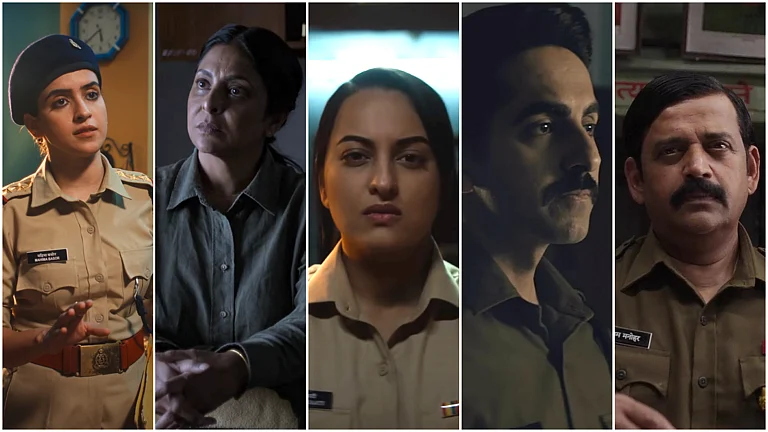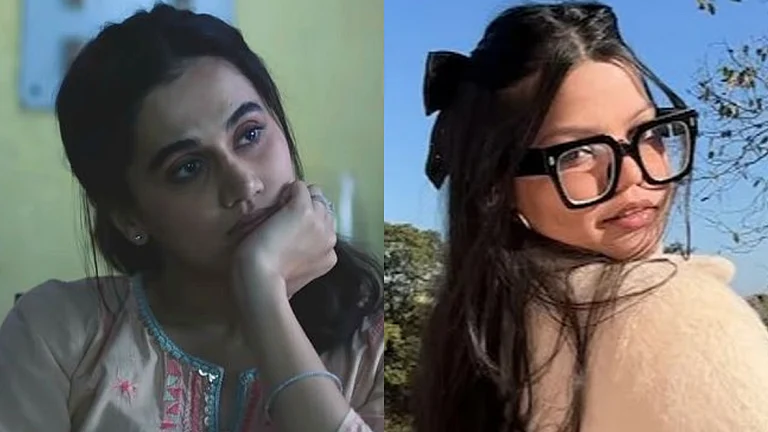Radhika Yadav, a 25-year-old state-level tennis player, was shot and killed inside her house in Gurugram's Sushant Lok Today. The alleged killer was her own father. He fired five bullets at his daughter around noon, with three finding their mark. The reason for this horrific act? Police reported that the father was upset with his daughter’s supposed addiction to making reels on Instagram. The police have since arrested the man and seized his gun.
The killing of Radhika is a tragic story on its own, but it becomes even more terrifying when viewed as part of a wider, global trend of violent backlash against women. Whether the killer is a father shamed by his daughter’s independence, a rejected man enraged by his lack of control, or a vigilante claiming to protect tradition, the result is the same: enforcing women back into silence and invisibility.
A disturbing and violent pattern is emerging in gender-based violence where women who build a public presence on social media are increasingly becoming targets of fatal attacks. These murders, though carried out by different people for various reasons, all point to a brutal backlash against female autonomy.
One of the most chilling forms this violence takes is the so-called ‘honour killing,’ where the threat comes from within the family. On July 9, in Pakistan’s Rawalpindi, 17-year-old Mehak Shahzadi was shot and killed by her own father. Her crime? Refusing to delete her TikTok account.
Her father reportedly saw her public profile as an act of defiance, a stain on the family's honour that he chose to erase with a bullet. This case shows how a woman’s independence could be a greater threat than her death.
The danger also comes from outside the home, fueled by a sense of male entitlement. Sana Yousaf, a 17-year-old Pakistani influencer with a massive following, was murdered in her home by a man whose advances she had rejected. He felt entitled to her attention, and when she refused, his rejection turned to rage.
After her tragic death, a debate erupted online, with some commentators blaming Yousaf for her public presence and suggesting her online content made her a target. This victim-blaming highlights a deep-seated misogyny, where a woman's visibility is used to justify violence against her.
In other instances, the violence is framed as a form of moral policing by vigilante groups. In India, popular social media star Kamal Kaur was murdered by men who claimed she was "spreading filth" and "ruining the image of our community" with her videos.
One of the accused men — Amritpal Singh Mehron even justified the murder publicly, stating they would continue to target others creating what they deemed "objectionable content." This represents an organized effort to control women's expression and punish those who step outside of narrowly defined cultural or religious norms.
This specific, brutal act of ‘moral policing’ is not an isolated incident but reflects a broader, statistically documented crisis of violence against women in India. According to the ‘Crime in India 2022’ report by the National Crime Records Bureau, the reported rate of crimes against women has risen to 66.4 per 100,000 women, a notable increase from 58.8 in 2018.
While this spike could reflect an actual increase in crimes, it may also be attributed to improved reporting mechanisms and a greater willingness of women to speak out about their experiences of violence. The report highlights that the issue is widespread, with a total of 13 States and Union Territories recording crime rates higher than the national average.
Delhi topped this list with a staggering rate of 144.4, followed by states like Haryana (118.7), Telangana (117), and Rajasthan (115.1). Notably, Uttar Pradesh, which contributed nearly 15 percent of the total cases in India, had a crime rate of 58.6, just below the national average.
While the numbers speak for themselves, These cases, different in their details, point to a shared, violent backlash against women who claim a public space online. The murders of Mehak, Sana,Kamal and Radhika are not just crimes driven by honour or Authority; they are brutal acts of censorship.
The perpetrators sought to erase these women for stepping outside of traditional roles, for building their own platforms, and for having an identity. As more women use the internet to find their voice, the urgent question is whether society will evolve to protect them, or if the digital world will become another space where women are silenced by fear.




























